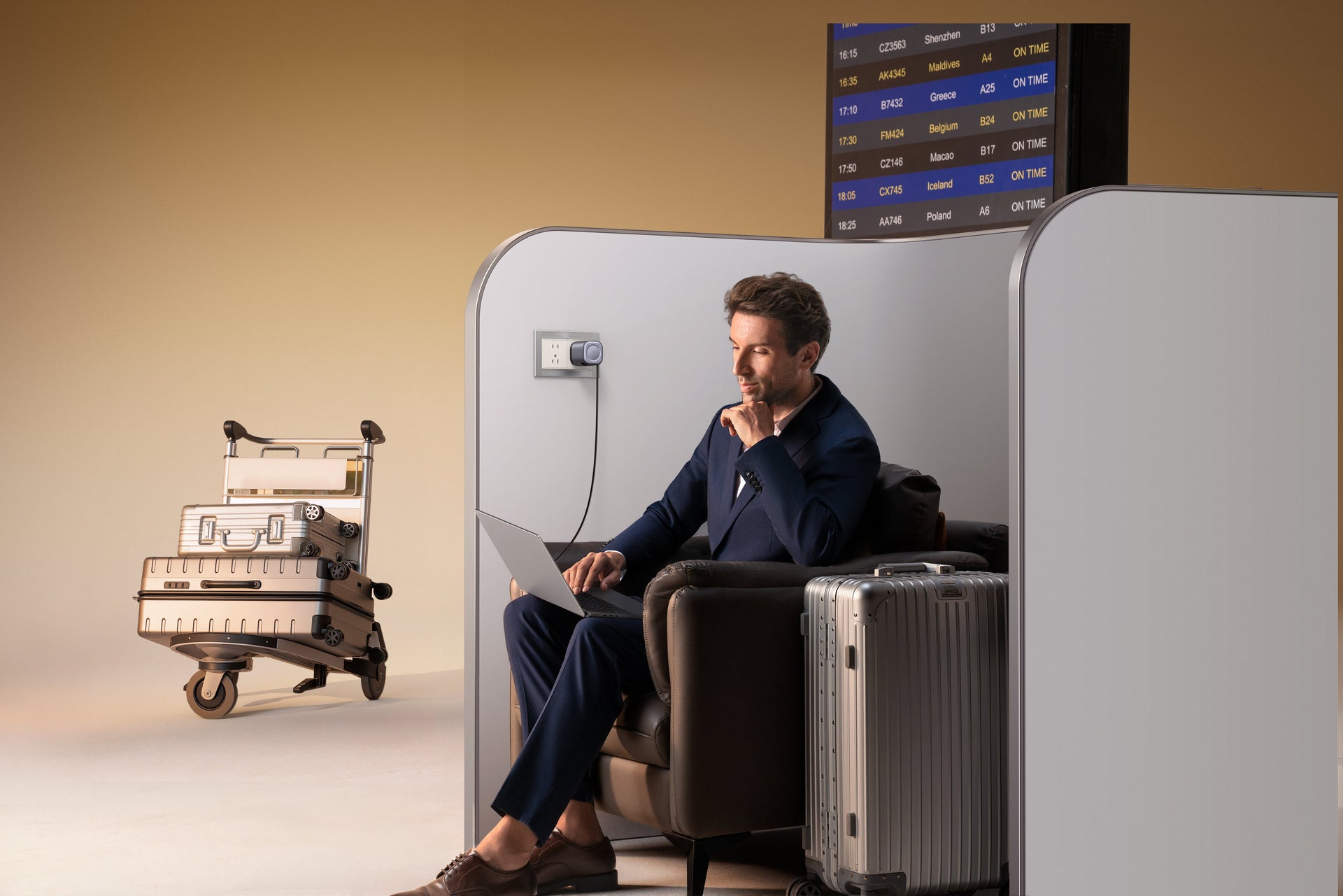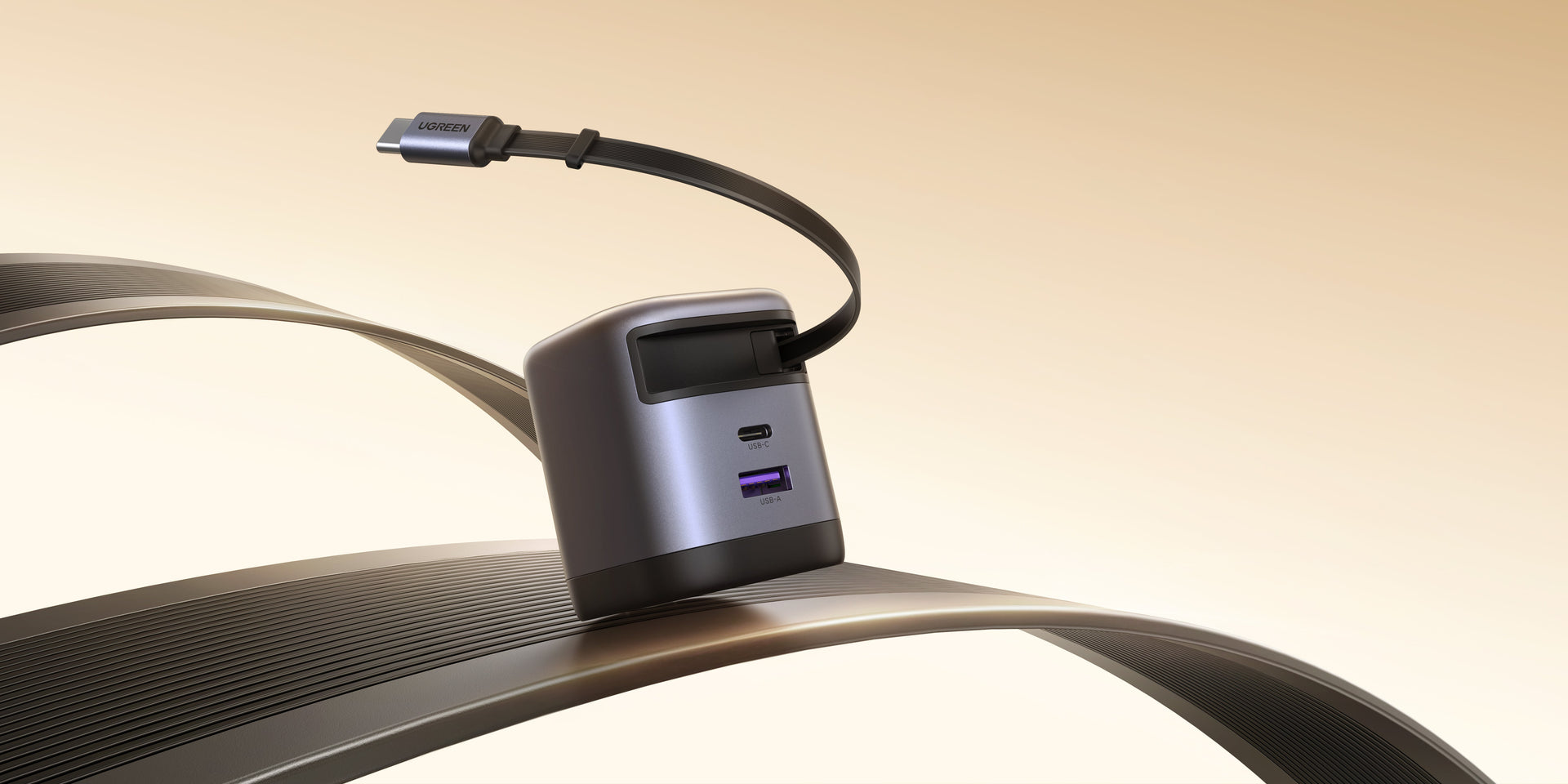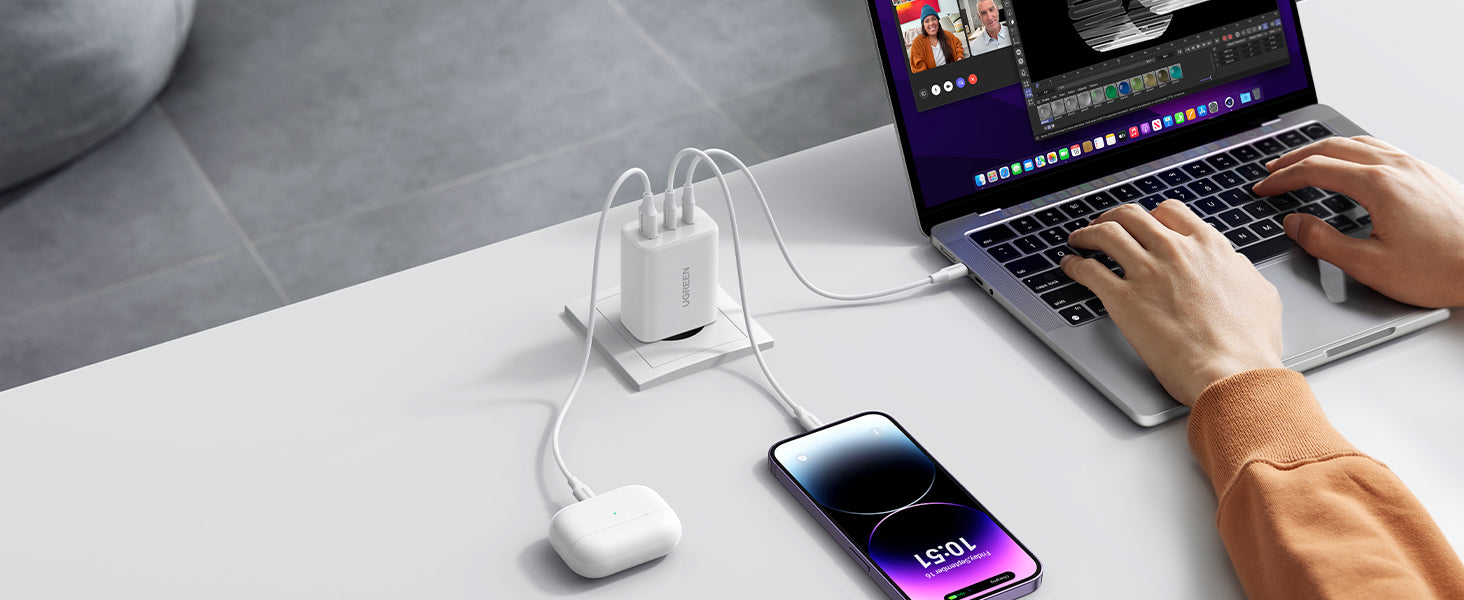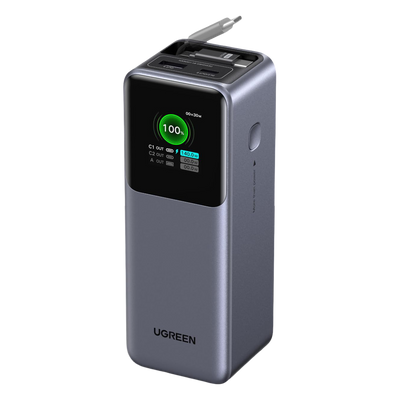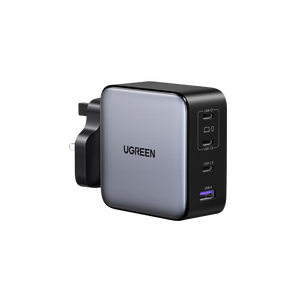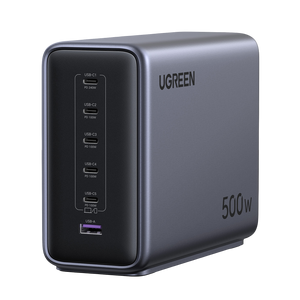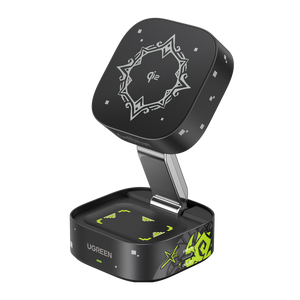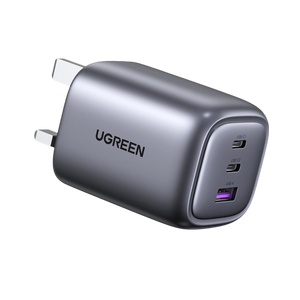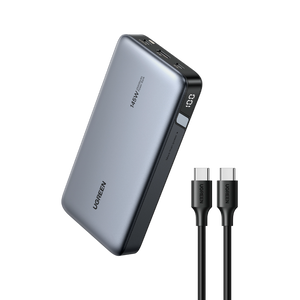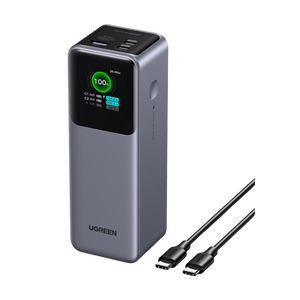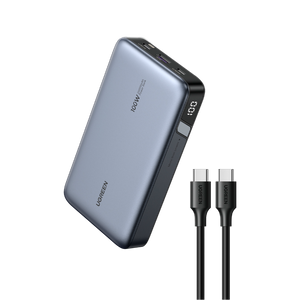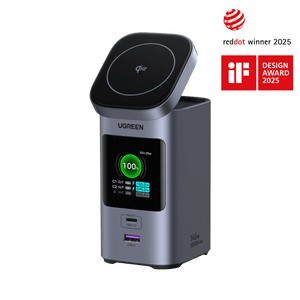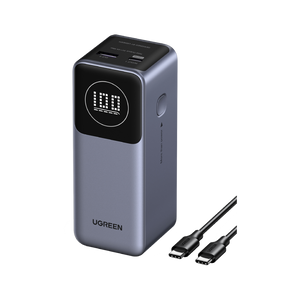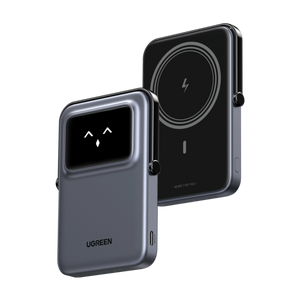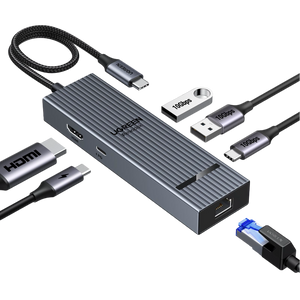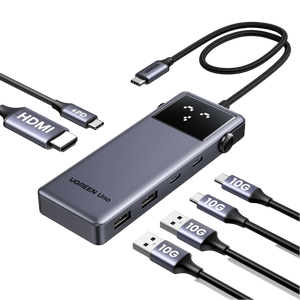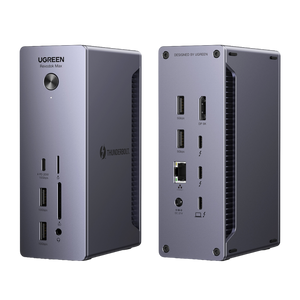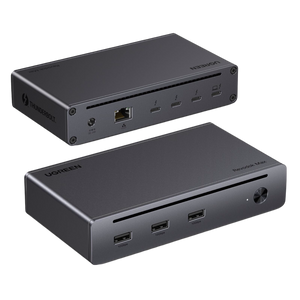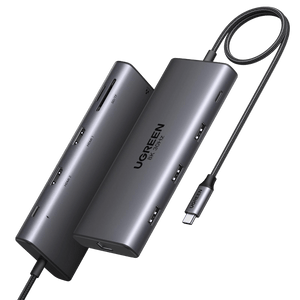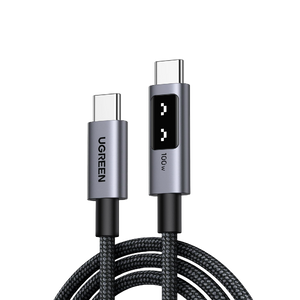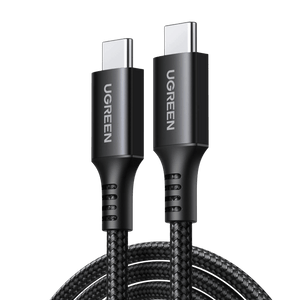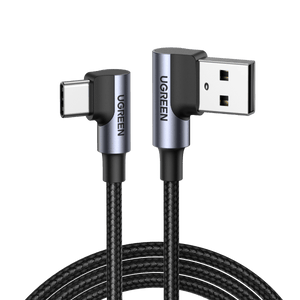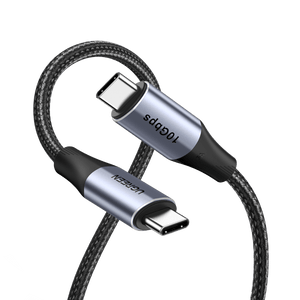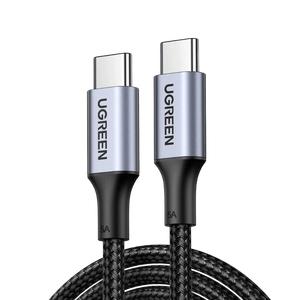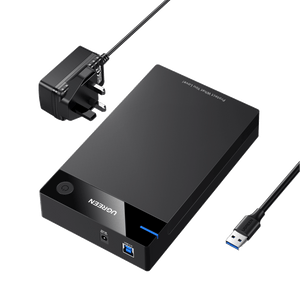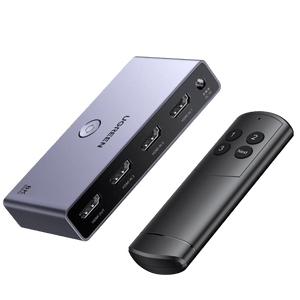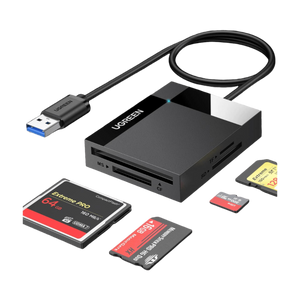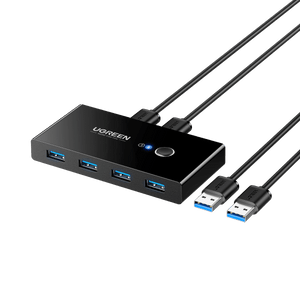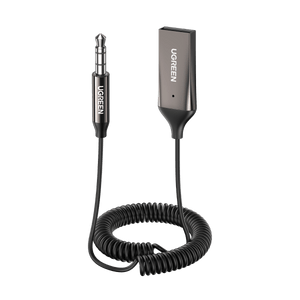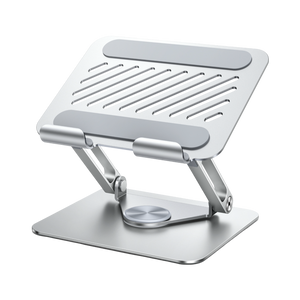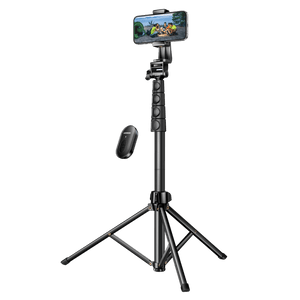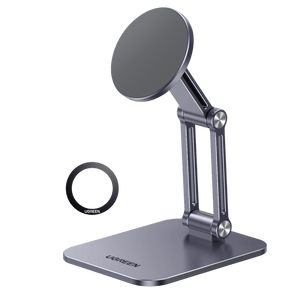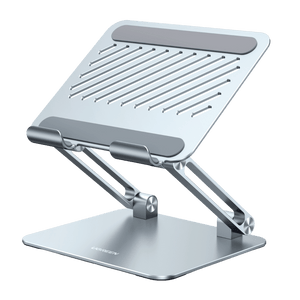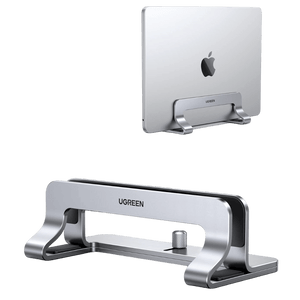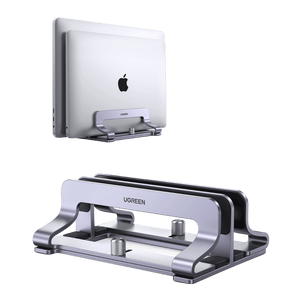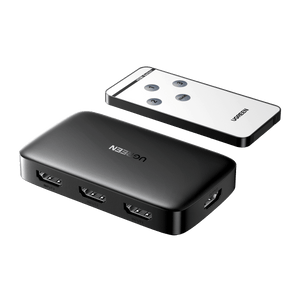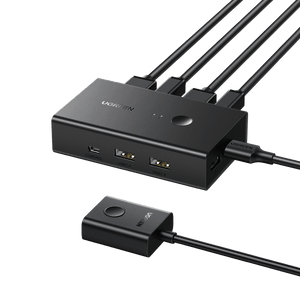How to Choose a Travel Charger (Without the Headache)
Imagine you’ve just landed in Tokyo after a 13-hour flight. Your body feels cramped, and your phone is struggling to stay alive at 1%. You’ll need it for directions, translations, and even your hotel reservation. But when you eventually wrestle your charger from your bag, the plug socket on the wall won’t accept your charger.
This is a common travel mistake, even for regular flyers. Japan, for instance, uses flat-pinned type A and B plugs (similar to the US), while Europe uses a variety of plug types (mostly the round-pinned type C) and the UK uses the chunky type G.
That’s why smart travellers always pack a travel charger that’s designed for global use. One compact adapter that can handle USB-C fast charging and works with all major plug layouts. This guide will help you choose the right charger, ensuring you never run out of power while travelling abroad.

Types of Travel Chargers and Differences
Choosing the right charger is not just a matter of getting a plug size that matches. It is about keeping your devices safe and functional, no matter where you are.
1. Wall Chargers with Interchangeable International Plugs
These modular chargers are made to be versatile. They come with interchangeable plug heads that can fit various regional socket types, Type A/B (US), G (UK), C/E/F (Europe), and I (China, Australia). Instead of bringing one adapter for each destination, you can simply swap the plug. Some models even have built-in USB ports. This lets you charge mobile phones, watches, and e-readers without needing additional chargers.
2. Multi-Port USB Chargers (with Fast Charging)
Ideal for tech-heavy travellers, these chargers have USB-A and USB-C ports and often support fast-charging protocols like Power Delivery (PD) and Quick Charge (QC). They enable you to charge several devices at the same time, even if your hotel room has a single plug socket. Look for chargers with at least 30W output for tablets and 65W for laptops. They are compact, efficient, and especially useful in countries where public sockets are not abundant.
3. Travel Power Banks
A reliable power bank with a capacity of about 10,000–20,000mAh is essential for long days without access to wall sockets. Whether you’re visiting remote villages or exploring busy cities, a power bank is a must-have. Some of the latest models even function as wall chargers, helping you save space in your travel bag.

4. Wireless Travel Chargers
While they may not be the fastest, wireless pads offer a clutter-free way to recharge your phone. However, they do require flat, stable surfaces and work best when you’re stationary. They’re a stylish choice, but not always the most practical on the move.
5. Chargers with Retractable Cables
These chargers are perfect for travellers who hate tangled cables. The built-in cable extends when you need to use it and retracts when you don’t. Integrated designs like these save space and setup time. If you enjoy a plug-and-go charging solution, this type is your best friend.
Seven Things to Watch Out for When Choosing a Travel Charger
Before you start comparing watts and sockets, the first thing to check is simple: Will your charger actually work where you’re going? Most travellers don’t even consider this until they arrive in a foreign country and realise their plug does not fit. Here are seven key factors to help you choose the perfect travel charger.
1. Plug Type Compatibility
Different countries use different plug types, and realising you’ve packed the wrong one can be a frustrating way to start your trip. Use this quick reference to know what to expect:
|
Plug Type |
Regions |
|
A / B |
USA, Canada, Japan |
|
C |
Most of Europe, parts of Asia |
|
D |
India, Nepal |
|
E / F |
Germany, France, Spain, most of the EU |
|
G |
UK, Hong Kong, Singapore |
|
I |
Australia, New Zealand |
|
J / K |
Switzerland, Denmark, Greenland |
Pro Tip: Double-check the plug type for your destination before you leave. If you’re visiting multiple zones, consider bringing a universal adapter or an interchangeable plug charger, such as the UGREEN Nexode 65W GaN Travel Charger 3-Ports. This ensures you stay charged in nearly any country. For a cleaner setup, go with an integrated cable-and-plug combo charger. It reduces clutter and enhances charging speed.
2. Voltage Compatibility
Not all countries use the same voltage. America and some Asian countries (including Japan) typically have 100–120V mains electricity, while Europe and most of Africa have 220–240V. Inserting the wrong charger into the wrong type can create short circuits, device failure, or even a fire. Therefore, your charger should have a wide voltage input; ideally between 100–240V, to function safely worldwide.
Most USB-C travel chargers are dual voltage, but be sure to read the small print. Many UGREEN chargers, for example, are designed for international use and feature automatic voltage switching. If you prefer something simpler, consider an integrated charger with a built-in plug and cable for added convenience and portability.
Just be careful with items such as hair dryers or shavers. As many do not support dual voltage and will require a separate voltage converter to work abroad. Always check in advance.
3. Charging Speed & Power
When on the move, charging speed is critical. Each device has its preferred power input and supported charging protocols. Here’s is quick overview:
|
Device Type |
Recommended Power |
Supported Protocols |
|
iPhone / Android |
20–30W |
PD, PPS, QC |
|
iPad / Tablets |
30–45W |
PD |
|
MacBook Air/Pro |
65–100W+ |
PD 3.0, PPS |
For optimal charging, choose a GaN charger (Gallium Nitride), which offers high wattage without the bulk. Always check the total output also: to charge multiple devices simultaneously, look for a charger with at least 65W.
4. Port Selection
Charging on the move isn’t about having the right plug; it’s also about charging multiple devices efficiently at once. If your charger has limited ports, you’ll find yourself juggling cords or fighting for outlets in cramped hotel rooms.
That’s why a well-balanced port layout matters. A typical setup includes two USB-C ports for fast-charging newer devices and one USB-A for older devices. This gives you both speed and backward compatibility. Even better are chargers with smart power distribution that split wattage where it’s needed, to prevent slow charges or overheating.

5. Portability
When every gram in your carry-on matters, the size of your charger can make a significant difference. A bulky wall adapter with separate cables can add unnecessary weight and also take up valuable space. The best travel chargers are lightweight (typically under 200g) and compact. They are also designed to fit neatly in a side pocket or tech organiser without bulging. For even greater convenience, a portable charger offers the flexibility to recharge your devices on the move without relying on wall plugs, making it an indispensable companion for long travel days.
Features like folding prongs and included travel pouches are incredibly useful, especially during security checks or when unpacking in small hotel rooms. GaN chargers are especially well-suited to this task. They combine high power output with a smaller size than traditional silicon models.
6. Safety & Certification
When moving between regions with different power grids, safety isn’t a luxury anymore. Your travel charger should protect your devices and you from electrical mishaps. Look for chargers with multi-layer safety features, such as over-voltage, overcurrent, overheating, and short-circuit protection. These aren’t just technical boxes to tick; they’re insurance against the very real risks of mismatched outlets.
Equally important are certifications. Reliable brands ensure their chargers pass strict global safety standards like CE (Europe), FCC (USA), UL (North America), and RoHS (for environmental sustainability). These are not just stamps, they’re tested assurances that your charger won’t fry your devices or start fires.
Finally, stick with well-known brands that provide excellent after-sales service. In case anything goes wrong during your travels, good warranty support and customer service are essential. They can be the difference between stress and quick resolution.
7. Extra Features
While core specifications like wattage and ports are crucial, the small conveniences can make a significant impact on the road. Built-in USB-C or USB-A ports eliminate the need to carry separate bricks or tangle-prone cables. Additionally, LED indicators are another valuable feature, especially in dark hotel rooms. They let you know at a glance if your device is actually charging or not.
Some modern adapters even provide wireless or magnetic charging, turning a cluttered airport seat into an organized charging hub. And if you’re tired of digging through your bag for loose cables, models with retractable cables can be lifesavers. These extra features not only improve convenience but also address genuine pain points for travellers.
Quick Tips Before You Travel
- Read Real Reviews: Look for reviews from travellers who’ve actually used the charger at your destination before purchasing. This information reveals performance issues that specs can’t tell you.
- Buy from Trusted Sources: Buy only from official stores or authorised resellers to ensure safety certifications, original parts, and customer support.
- Organise Your Gear: Keep chargers, adapters, and cables in a compact pouch. It helps avoid tangles, forgotten items, or lost pieces during hotel checkouts.
- Know Your Plug Type: Research the socket type used in the country you’re visiting. This simple step can save you a lot of frustration upon arrival.
Travel Must-Have - UGREEN Retractable Series: Versatile Charging for Every Scenario
When travelling, a missed plug can leave you scrambling at the airport with a blinking phone and a dead laptop. That’s where the UGREEN Retractable Series steps in. They are a versatile charging duo built for both stationary and mobile situations.
Big Power That Travels Light: UGREEN Nexode 65W Charger with Retractable USB-C Cable
After a long day of travelling, the last thing you want is a tangled mess of cables. The UGREEN Nexode 65W Charger Retractable USB-C Cable is built exactly for moments like these. Its compact size (only 50.4 × 53 × 59.4 mm) will effortlessly slip into any pocket or overhead bin. But don’t let the size fool you. It’s powerful enough to charge three devices at once, thanks to two USB-C ports and one USB-A port. Whether you’re topping up your phone, tablet, or earbuds, it handles them all with ease.

One of its most travel-friendly features is its integrated 0.69m retractable USB-C cable, which eliminates the need to carry extra cables. It has been tested to endure over 25,000 uses, making it ideal for frequent travellers who value convenience. Coupled with PD fast charging capabilities, it delivers efficient power for iPhones, Androids, iPads, and other USB-C devices. Whether you’re at a hotel desk or airport gate, this is the charger that keeps pace without taking up space.
{{UGPRODUCT}}
Power Without Plugs: UGREEN Nexode Power Bank 20000mAh 165W with Retractable USB-C Cable
When you're in transit, power sockets can be hard to come by. The UGREEN Nexode Power Bank 20000mAhgives you the freedom to keep your devices charged. It's designed with serious power in mind. The 100W USB-C fast charging can recharge a MacBook Pro 14 to 54% in 30 minutes. Also, with a combined output of 165W, you can charge several devices at once.

Similar to its wall-charger cousin, this power bank features a built-in retractable USB-C cable (0.65m) that is tangle-free and always within reach. Its smart digital display informs you of real-time power and charging status. It’s also fully flight-safe, meeting airline battery requirements for carry-on electronic devices. Furthermore, it boasts 13 layers of protection safeguards, including over-voltage and short-circuit protection. Whether you’re on an outdoor photo shoot or a city ride, this charger has you covered.
{{UGPRODUCT}}
Safe Charging Tips for Travel
- Always Look for Dual-Voltage Capability (100–240V): Not all charging devices are universal. That’s why it’s essential to check the fine print, especially with hair appliances or older devices. Plugging a single-voltage device into a 240V outlet can quickly damage it.
- Look for Certified Safety Standards: Don't risk it with untested brands. Choose chargers and adapters that display well-known certifications, such as CE, FCC, UL, or RoHS. These certification means the device has passed minimum safety standards for voltage surge, heat resistance, and fire prevention.
- Don’t Use Cheap Cables and Knockoff Power Banks: Substandard accessories are not only unreliable; they're dangerous. Avoid cheap USB cables that burn out or fray, and stick to power banks from reputable brands.
- Follow Airline Rules for Power Banks: Most airlines only allow power banks under 100Wh (about 27,000mAh at 3.7V) in carry-on luggage. Never put them in hold luggage. Over-limit batteries can be seized or, worse, recognised as safety risks when scanned.
-
Store Your Charging Gear in One Spot: Bring a little packing case to store your charger, cables, and adapter in one place. Not only does it help you avoid leaving anything behind, but it also speeds up security checks at the airport. It also protects your device from spills and tangles inside your bag.
How to Extend Battery Life While Travelling
Modern devices are powerful, but their batteries can be frustratingly short-lived. If you’re hours away from your next charging stop, these smart habits can make a real difference.
- Enable Flight Mode while charging: Your phone will charge much faster if it is not continually searching for a signal. You can still watch downloaded movies, read a book, or check your calendar even when you are offline.
- Turn off Bluetooth and Wi-Fi when not in use: These features consume power as they continually search for connections. Switching them off, especially while traveling, helps preserve battery power for use when it is most needed.
- Avoid letting your battery hit 0% or 100%: When it comes to lithium-ion batteries, the sweet spot is between 20% and 80%. Topping off too often or allowing the battery to drain too low can affect your battery health in the long run.
-
Keep devices out of the sun and heat: Heat silently kills batteries. Leaving your phone or power bank out in sunlight can lead to thermal throttling, reduced efficiency, and swelling. To avoid these issues, always store your devices in a shaded pouch or bag when not in use.
Conclusion
Wherever you travel, power is essential. A dead phone or a tangled mess of incompatible adapters can ruin even the best-organised trip. That’s why your charging kit deserves the same care and attention as your passport. With a few thoughtful additions, you can keep all your devices charged without the bulk, clutter, or voltage guesswork.
Here's your definitive travel charging checklist:
- Retractable USB-C charger or power bank: Keeps everything tangle-free and saves packing time.
- Universal plug adapter: Choose one with multi-region support (Type A–G), built-in safety shutters, and USB ports to reduce bulk.
- Zipped pouch or cable organiser: This will help you keep everything together and easily accessible on the go.
- Optional wireless charger: Ideal for a minimalist hotel setup, just drop your phone without struggling with cables.
Pack smart, charge fast, travel light. With the appropriate setup, any plug socket in the world can be yours.



